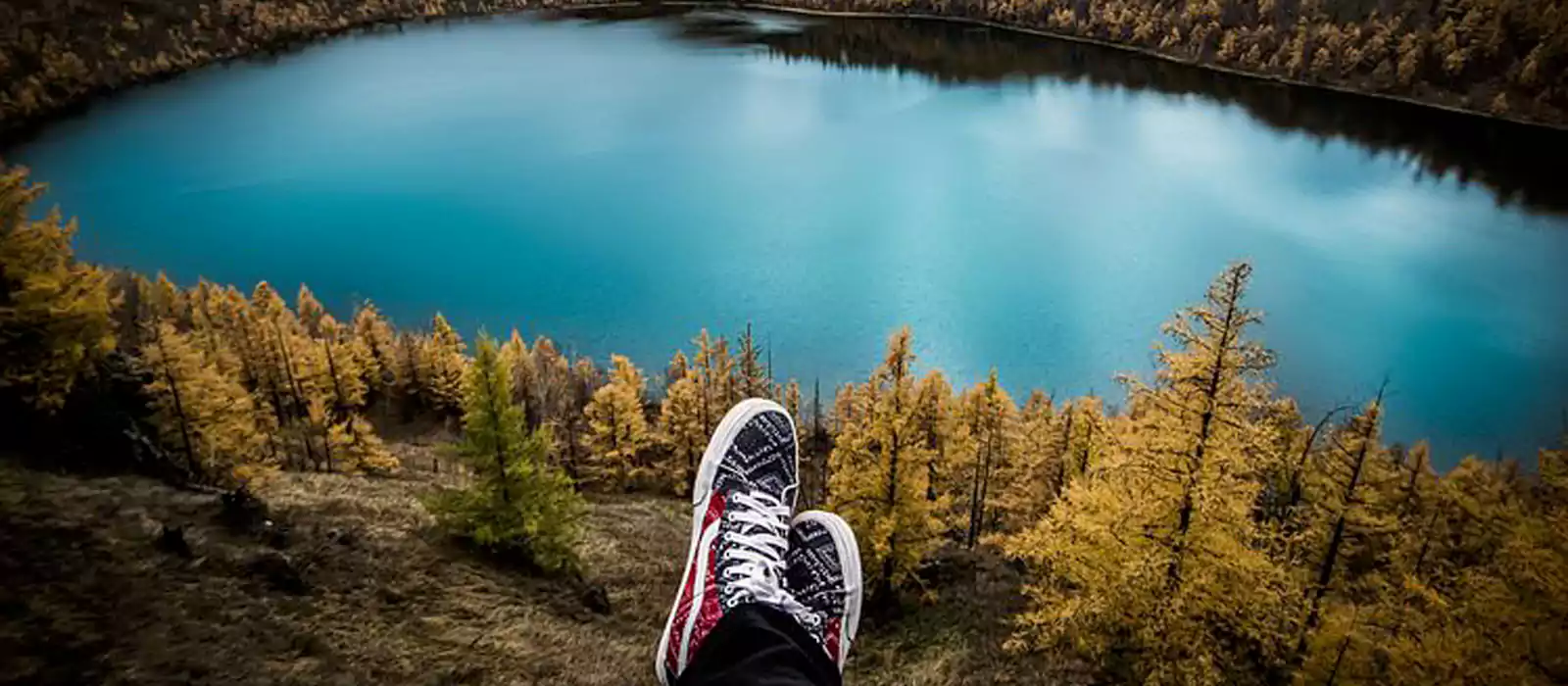Wayanad: Kerala’s Beautiful Hills & Nature Retreat
Wayanad: Kerala’s Beautiful Hills & Nature Retreat
Wayanad lies between east longitude 75′ 47 to 70’27 and north latitude 11’27 and 15 ‘ 58. The district is bounded on two sides, east and north, by Tamil Nadu and Karnataka and in the south and west by the districts of Malappuram, Kannur and Kozhikode districts. Covering an area of 2131 sq kms, Wayanad lies between altitude of 700 mtrs and 2100 mtrs and with undulating hills, valleys and mountain peaks, perhaps, making it the most beautiful of all districts in Kerala. The district has a total population of just below 8 lakhs with a sex ratio of 1000 females per 1000 males and a literacy rate of 85%. Parts of Wayanad receive high rainfall with areas like Lakkidi, Vythiri and Meppadi, up in the hils receiving a rainfall of 3000 to 4000 mm annually. The average rainfall in the district as a whole is around 2300 mm annually. Temperatures are salubrious year round and hover between 18 degrees Celsius and 29 degrees Celsius. Considered a backward district, Wayanad has a total absence of urban population with only three major cities; Suthan’s Battery, Mananthavady and Kalpetta. Alternatively it has the highest concentration of tribal communities with about 17% of the total population of the district. Paddy is grown extensively across the district; however the economy is dependent on coffee. About 80% of the state’s coffee production comes from this district. Pepper too is grown here but mostly as an additional crop on trees that provide shade to coffee. Yet the district also has exclusive pepper and tea plantations. Wayanad, means, land of paddy fields and interestingly the district is home to a large percentage of Kerala’s forest reserves.

